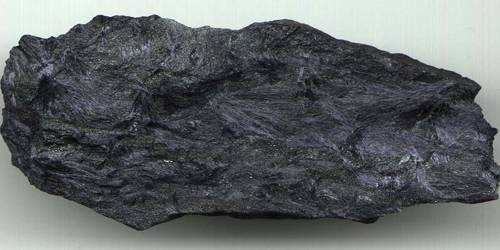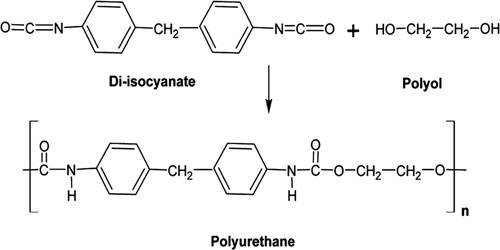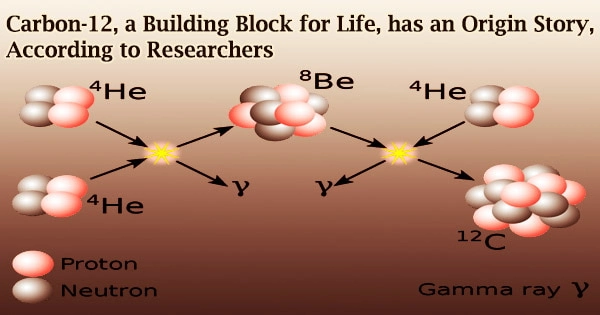Holmquistite is a lithium magnesium aluminum inosilicate mineral with chemical formula: Li2(Mg, Fe2+)3Al2Si8O22(OH)2. It is consisting of an alkali and a silicate of iron, magnesium, lithium, and aluminum and related to hornblende. It is not radioactive. It is a rare mineral that occurs as a metasomatic replacement near that outside of lithium-rich pegmatites.
It crystallizes in the orthorhombic crystal system as prismatic crystals up to 10 cm (3.9 in) or as massive aggregates. It has a Mohs hardness of 5-6 and a specific gravity of 2.95 to 3.13.
General Information
- Category: Inosilicate
- Formula: Li2(Mg,Fe2+)3Al2Si8O22(OH)2
- Crystal system: Orthorhombic.
Color could vary from black, dark violet to light sky blue.
It occurs as metasomatic replacements on the margins of lithium-rich pegmatites.
It was first described in 1913 from an occurrence in Utö, near Stockholm, Sweden. It was named for the Swedish petrologist Per Johan Holmquist (1866–1946).

Physical Properties of Holmquistite
- Lustre: Vitreous
- Colour: Black, dark-violet, light sky-blue.
- Streak: White with sky-blue tinge.
- Hardness: 5½ on Mohs scale
Localities of Holmquistite are found in Sweden, Austria, the United States including here in the Black Hills of South Dakota in the Keystone area, Canada, Zimbabwe, South Africa, and Australia, among only a couple others. Minerals associated with Holmquistite include quartz, clinoholmquistite, tourmaline, spodumene, plagioclase, biotite, clinozoisite, and tourmaline.
Information Source:
















